Why the crucified Lamb is also our enthroned High Priest — and what that means for worship and life.
Big Idea
Hebrews 8 explains that Jesus serves as High Priest in the true, heavenly sanctuary; Revelation 5 shows the same Jesus as the Lamb who was slain and is now worthy to rule. Together they teach: the once-for-all sacrifice has placed the Priest on the throne — so God’s people have bold access and a global calling.
1) The Heavenly Sanctuary and the Worthy Lamb
Texts: Hebrews 8:1–2; Revelation 5:6–10
Hebrews summarizes its argument: “We have such a high priest, seated at the right hand of the throne of the Majesty in heaven, a minister in the true tent that the Lord set up” (Heb 8:1–2). Christ’s priestly ministry is present-tense and located in the ultimate, God-made sanctuary.
Revelation 5 portrays this reality in vision: the Lamb, appearing as slain, takes the scroll and is acclaimed as worthy “because you were slain, and by your blood you ransomed people for God” (Rev 5:9). The Lamb’s priestly self-offering is the ground of His royal authority.
2) The Once-for-All Sacrifice — Explained and Celebrated
Texts: Hebrews 9–10; Revelation 5:9–12
Hebrews explains that Christ’s offering was once for all — complete, final, and effective: “He entered once for all into the holy places… by means of his own blood” (Heb 9:12; cf. 10:10–14).
Revelation 5 turns that doctrine into doxology. Heaven’s song interprets the cross: “You were slain, and by your blood you ransomed people for God … Worthy is the Lamb who was slain” (Rev 5:9, 12). What Hebrews states as theological truth, Revelation depicts as cosmic worship.
3) New Covenant → Kingdom of Priests
Hebrews 8 cites Jeremiah 31 to announce the New Covenant: God writes His law on hearts, forgives sins, and secures relationship (Heb 8:8–12). The result is internal transformation and lasting access to God.
Revelation 5 shows the fruit: the Lamb’s people are made “a kingdom and priests to our God, and they shall reign on the earth” (Rev 5:10). Covenant people become a priestly-royal community — mediating God’s presence to the world and bearing witness to His reign.
4) Worship and Access
Hebrews 10:19–22 builds directly on chapter 8’s theology: “We have confidence to enter the Most Holy Place by the blood of Jesus… let us draw near.” The way is open.
Revelation 5 shows the response to that access: elders, living creatures, myriads of angels, and ultimately all creation ascribe blessing and honor to the enthroned Lamb (Rev 5:11–14). In other words, what Hebrews proclaims — “You can draw near” — Revelation displays: “They are drawing near.”
Summary: One Scene, Two Angles
| Theme | Hebrews 8–10 | Revelation 5 |
|---|---|---|
| Location | True heavenly sanctuary | Throne room vision with the Lamb |
| Christ’s Role | High Priest and mediator | Lamb (slain) now sovereign and worthy |
| Action | Once-for-all offering; intercession | Takes the scroll; worship erupts |
| Result | New Covenant; confident access | Universal worship; kingdom of priests |
| Tone | Doctrinal and covenantal | Doxological and cosmic |
Gospel arc: Covenant → Cross → Crown → Kingdom.
Living in Light of the Lamb
- Confidence: Because our Priest is enthroned, we draw near without fear (Heb 4:16; 10:22).
- Assurance: A once-for-all sacrifice means a once-for-all verdict; we rest in finished work (Heb 10:14).
- Vocation: We are a kingdom of priests — interceding, witnessing, and serving under the Lamb’s authority (Rev 5:10).
- Worship: Preaching and liturgy should move from explanation to adoration — letting the “worthy is the Lamb” song shape the church’s imagination.
- Mission: The Lamb ransomed a multi-ethnic people; the church pursues global witness that matches the scope of His worth (Rev 5:9).
Summary: Hebrews tells us what Christ does in heaven — He ministers as our High Priest under the New Covenant. Revelation shows us who He is there — the slain-and-risen Lamb, worthy to rule. The altar and the throne meet in Him, and His people live in the confidence, worship, and mission that flow from that union.

